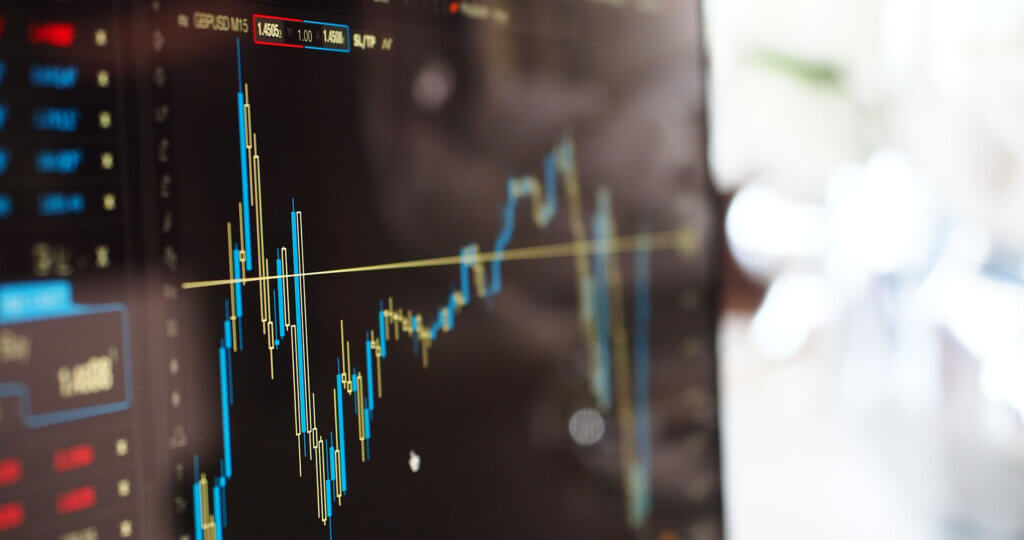Oakmark Fund - Investor Class
Average Annual Total Returns 12/31/16
Since Inception 08/05/91 12.74%
10-year 8.50%
5-year 16.05%
1-year 18.35%
3-month 8.29%
Gross Expense Ratio as of 09/30/16 was 0.89%
Past performance is no guarantee of future results. The performance data quoted represents past performance. Current performance may be lower or higher than the performance data quoted. The investment return and principal value vary so that an investor’s shares when redeemed may be worth more or less than the original cost. To obtain the most recent month-end performance data, view it here.
The Oakmark Fund returned 8% during the fourth quarter of 2016, hitting an all-time high NAV and bringing the calendar year to a gain of 18%. These strong results were ahead of the S&P 500, which was up 4% for the fourth quarter and up 12% for the calendar year. We are very pleased that recent performance showed a substantial reversal from the results reported to you following the fourth quarter of 2015. At that time, we reiterated confidence in our time-tested philosophy, investment process and research team. A big part of our process involves having the patience to wait for the gap between a company’s intrinsic value and its stock price to close. While that gap had been frustratingly large over the past couple of years, we maintained high portfolio weightings in the out-of-favor financials, information technology, and energy sectors. At the beginning of 2016, over 60% of the Fund’s equity assets were invested in these three sectors, and our long time horizon allowed us to maintain these high conviction levels throughout the year.
Our best contributing sectors for the fourth quarter were financials and industrials. Bank of America and Goldman Sachs were the best individual contributors, returning 42% and 49%, respectively, for the quarter, and the financials sector as a whole returned 19%. Our lowest contributing sectors for the quarter were consumer staples and health care, but our exposure to those sectors was lower than the S&P 500’s weightings. Our worst individual securities for the quarter were News Corp and Diageo. For the calendar year, financials and information technology were the best contributing sectors, and our best individual securities were Apache and Cummins (up 46% and 61%, respectively). Our lowest contributing sectors for the calendar year were consumer staples and consumer discretionary (down 1% and up 3%, respectively), and our worst contributing securities for the calendar year were Liberty Interactive QVC and Fiat Chrysler (down 27% and 22%, respectively). Liberty Interactive QVC saw some uncharacteristic product-related revenue pressure, and Fiat Chrysler faced near-term headwinds from currencies and emerging markets. During the quarter, we added new positions in AutoNation, Baxter International and HCA Holdings (see below), and we eliminated positions in Applied Materials, Principal Financial and T. Rowe Price.
AutoNation, Inc. (AN – $49)
AutoNation is the largest automotive retailer in the U.S. The company owns and operates 371 new vehicle franchises through 261 stores, located predominantly in major metropolitan markets. The stock was down 18% in 2016 because investors were disappointed by the company’s earnings and were fearful that the auto cycle had reached its peak. The soft earnings were caused by brand-building investments, disruptions from a Takata airbag recall and poor performance in Texas. We are confident that these are short-term setbacks and that AutoNation will be able to rebound. In our view, the brand and franchise remain strong, and the company’s CEO, Mike Jackson, is a proven operator and superb capital allocator. Since Jackson became CEO in 1999, he has opportunistically used share repurchases to reduce the share base by 75%, contributing to a total return to shareholders of 346% (versus 144% for the S&P 500). We believe that paying 11x depressed earnings for an industry leader with such a strong track record is a compelling investment.
Baxter International Inc. (BAX – $45)
Baxter is a collection of disparate health care businesses, which include dialysis consumables, intravenous solutions and surgical sealants. These businesses represent what was left at Baxter following the spinoff of Baxalta in mid-2015. The businesses hadn’t been run optimally, and at the time of the spin were only producing 9% margins, which represents less than half of the levels we believe to be achievable. Baxter hired outsider Jose Almeida as CEO in late 2015. Oakmark Fund shareholders might fondly remember Almeida from his successful tenure as CEO of our long-time holding Covidien, where he fixed (and eventually sold) a collection of health care assets that had been spun out from Tyco International. We believe Almeida has the right skill set to improve Baxter’s margins and portfolio of assets, and that the company is selling at a large discount to intrinsic value.
HCA Holdings, Inc. (HCA – $74)
HCA is the largest operator of for-profit hospitals and related health care services in the U.S. The company benefits from scale and size advantages, an attractive geographic footprint in higher growth markets, best-in-class management and governance, and an equity-friendly approach to capital allocation. We expect HCA to grow operating income in the mid-single digits and grow EPS in the low-double digits over time. Hospital stocks sold off following the presidential election due to concerns that the benefits from health care reform will be lost. We believe that HCA’s share price discounts the effects of repealing the Affordable Care Act. Accordingly, the shares are selling below our estimate of intrinsic value.
The securities mentioned above comprise the following percentages of the Oakmark Fund’s total net assets as of 12/31/16: Bank of America Corp. 2.9%, The Goldman Sachs Group, Inc. 1.6%, News Corp., Class A 1.2%, Diageo PLC 2.0%, Apache Corp. 2.7%, Cummins, Inc. 2.0%, Liberty Interactive Corp. QVC Group, Class A 1.5%, Fiat Chrysler Automobiles N.V. 1.3%, AutoNation Inc. 0.3%, Baxter International Inc. 1.3%, HCA Holdings, Inc. 1.0 %, Applied Materials, Inc. 0%, Principal Financial Group, Inc. 0%, T Rowe Price Group, Inc. 0%, Takata Corporation 0%, Covidien Ltd. 0% and Tyco International Ltd. 0%. Portfolio holdings are subject to change without notice and are not intended as recommendations of individual stocks.
Click here to access the full list of holdings for The Oakmark Fund as of the most recent quarter-end.
The S&P 500 Total Return Index is a market capitalization-weighted index of 500 large-capitalization stocks commonly used to represent the U.S. equity market. All returns reflect reinvested dividends and capital gains distributions. This index is unmanaged and investors cannot invest directly in this index.
EPS refers to Earnings-Per-Share and is calculated by dividing total earnings by the number of shares outstanding.
The Oakmark Fund’s portfolio tends to be invested in a relatively small number of stocks. As a result, the appreciation or depreciation of any one security held by the Fund will have a greater impact on the Fund’s net asset value than it would if the Fund invested in a larger number of securities. Although that strategy has the potential to generate attractive returns over time, it also increases the Fund’s volatility.
The discussion of the Fund’s investments and investment strategy (including current investment themes, the portfolio managers’ research and investment process, and portfolio characteristics) represents the Fund’s investments and the views of the portfolio managers and Harris Associates L.P., the Fund’s investment adviser, at the time of this letter, and are subject to change without notice.
All information provided is as of 12/31/2016 unless otherwise specified.






